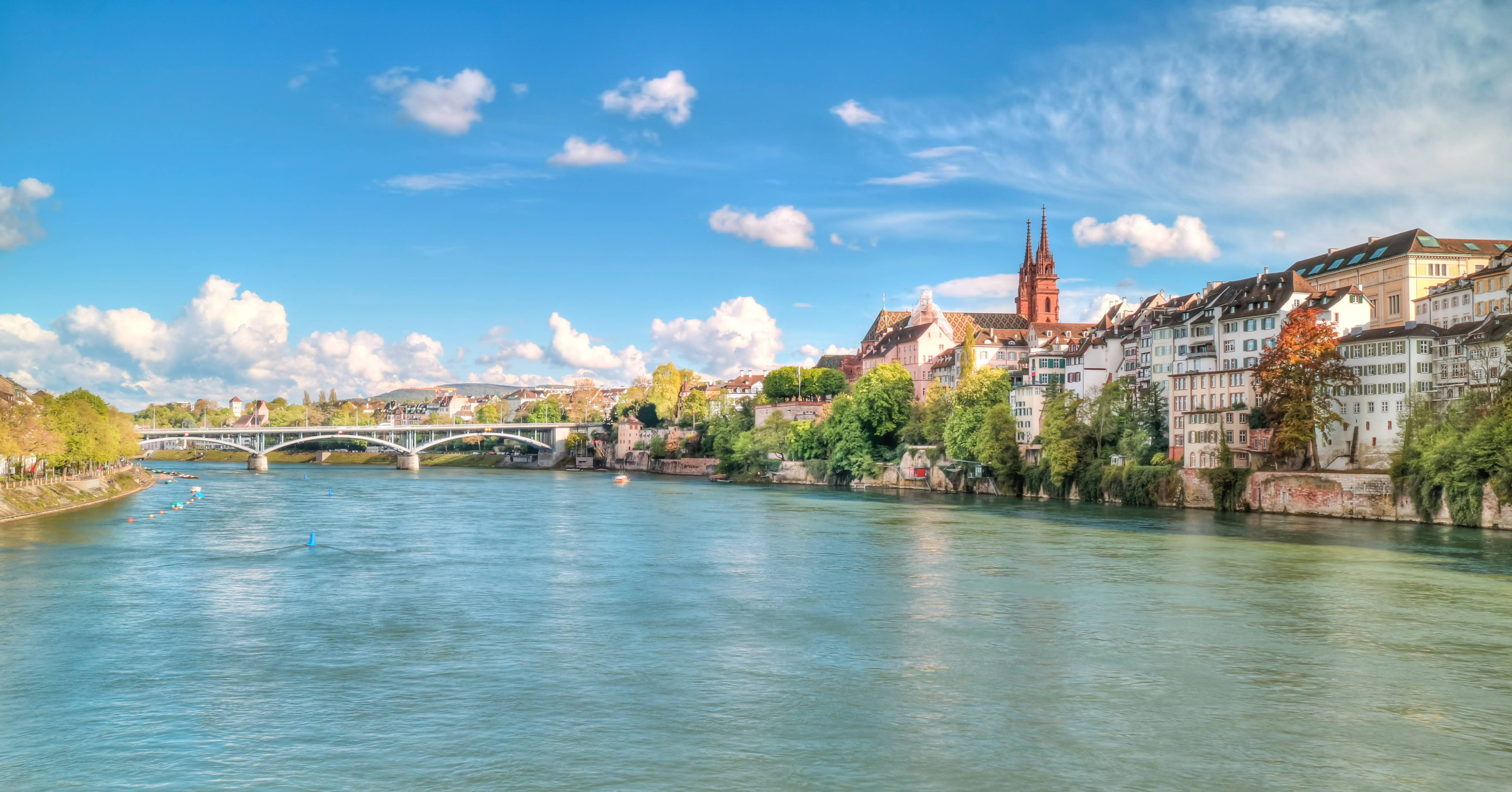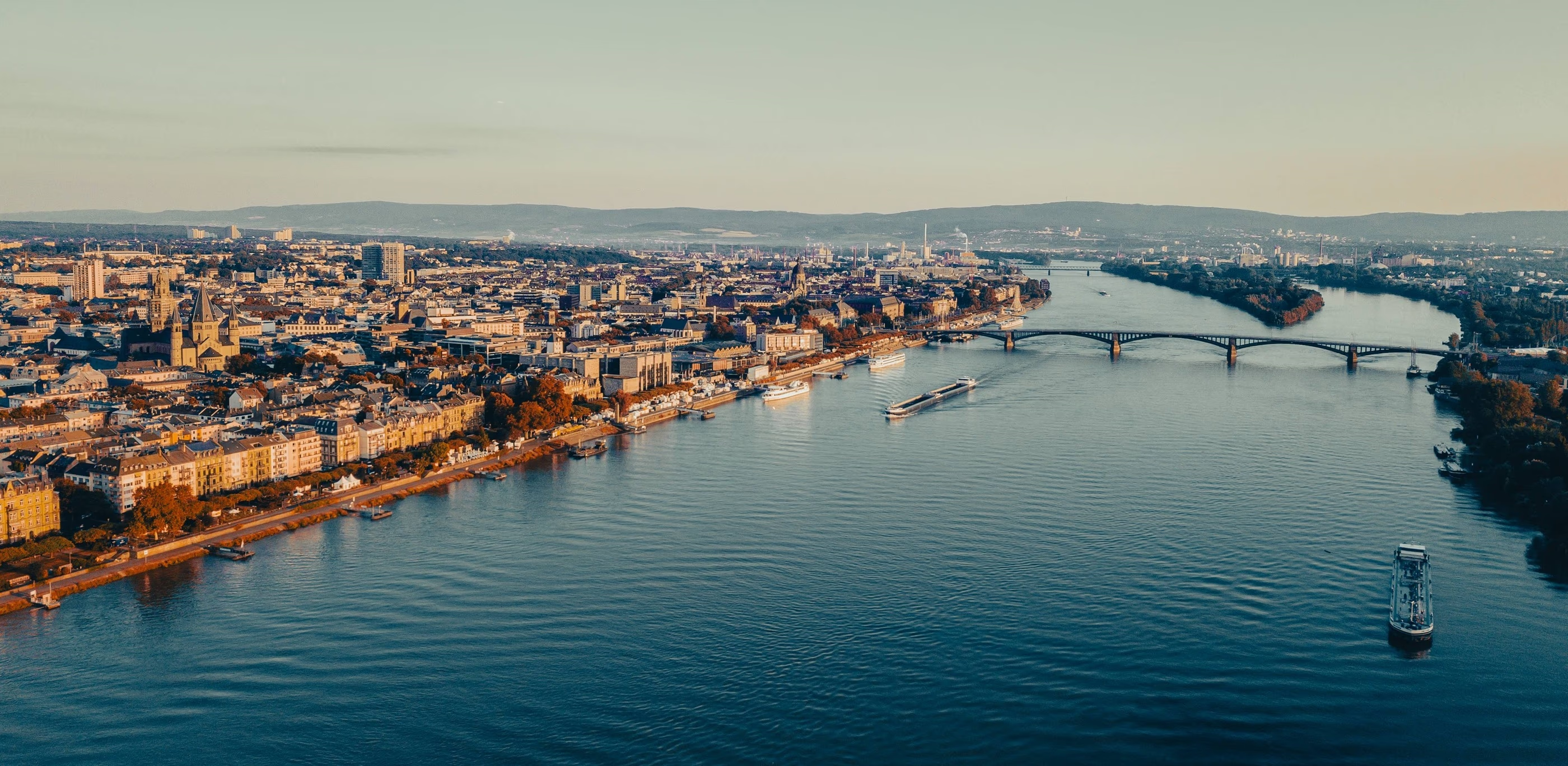The romance between poets, writers, philosophers, and rivers has spanned centuries. French author Victor Hugo once proclaimed,
"I love rivers for they carry with them not just goods, but ideas as well. Of all rivers, the Rhine is my favorite."
He said this in 1839. However, had Hugo visited 130 years later in the 1970s, he would have been heartbroken by what the Rhine had become.
By the mid-1970s, due to industrial pressures, the Rhine had turned into a virtual drain, much like what Delhi’s Yamuna appears today. The pollution levels were catastrophic.
The river was annually inundated with harmful substances including phosphorus and ammonium, along with dangerous pollutants like cadmium, mercury, iron, dioxin, DDT, and chloroform. The Rhine, which flows through nine European countries, was essentially a sewer.
The Plight of the Rhine River
Rising from the Swiss Alps, the Rhine traverses 1,320 kilometers, shaping diverse landscapes: steep hillside vineyards, medieval castles, vast fertile plains, deltas, and marshes. Its journey takes it through Switzerland, France, Luxembourg, Germany, and the Netherlands, some of Europe’s most populated and industrial areas.

Source: aajtak
Like the Yamuna's journey through dense habitations and industrial towns, the Rhine has always been a center of commerce and culture since Roman times. However, the Industrial Revolution exacted a heavy toll. According to a Down to Earth report, regions like Alsace in France and Ludwigshafen in Germany saw enormous coal and nuclear energy stations along the Upper Rhine.
The riverbanks were lined with chemical industries, refineries, pulp and paper mills, potash and coal mines. Moreover, about 40% of the catchment area is used for agriculture and vineyards. Large cities discharge wastewater directly into the Rhine or its tributaries.
Read More:
Over time, the Rhine—a health-giving force for Europe—became a health hazard itself. By the late 19th century, concerns were growing over its status as Europe’s largest sewer.
By the mid-20th century, conditions deteriorated to the point where dark waters, dead fish, and foul odors deterred people from going near the river. By the 1950s, fish like salmon were extinct. It was mockingly dubbed "Europe's largest drain".
The nadir came in the 1970s. The entire ecosystem collapsed. Fish and aquatic life began disappearing rapidly.
As a drinking source for nearly 20 million people, the Rhine’s survival was under threat.
How Did the Rhine Turn Red?
On November 1, 1986, a fateful event transformed the Rhine's narrative. A fire broke out at a warehouse of Sandoz, a chemical company in Basel, Switzerland. Water used to extinguish the fire mixed with toxic chemicals like pesticides and mercury, flowing into the river.

Source: aajtak
The Rhine's water turned red, spreading toxic color for hundreds of kilometers, leading to millions of dead fish and a devastated ecosystem. This shocking scene was dubbed "the death of the Rhine." It made headlines, protests erupted, and it was a wake-up call across Europe.
The Rhine Would Be Lost Forever!
Awakened by Renaissance and Enlightenment, Europeans realized the Rhine's salvation was necessary, lest it be lost forever.
The disaster united nations along the Rhine—Switzerland, France, Germany, Netherlands. The "International Commission for the Protection of the Rhine" (ICPR), established in 1950, gained new momentum post-Sandoz.
Protests in Front of Factories, Drains Blocked
Awareness grew in the 1980s. Greenpeace's Beluga ship, equipped with state-of-the-art lab facilities, sailed down the Rhine. Continuous water testing began, and results were published. Drains feeding into the Rhine were blocked if water quality was poor.
Protesters picketed factory gates, leading confidential documents to be published, compelling industries to modify processes or clean waste.
In 1987, the "Rhine Action Program" launched, aiming to eliminate toxic pollution and restore the salmon's honor. It was ambitious, requiring billions of euros and decades of effort.
Building Sewage Plants with $60 Billion
Biological sewage plants were crucial. Thanks to serious efforts, member states of the ICPR spent around $60 billion between 1965 and 1989 on constructing new and upgrading existing sewage plants. Over 90% of industrial and municipal sewage was treated.
This improved oxygen levels, allowing fish and aquatic life to thrive anew. While metal content in fish remained high, making them inedible, progress was undeniable.
Cleansing the rivers wasn’t straightforward. Industrial opposition was strong due to profit concerns. International coordination was challenging; every country wanted their own terms.
Regardless, ICPR set up a network of monitoring stations to assess measures' impacts. Companies and factories were advised to adopt best available waste treatment technologies.
Treating all wastewater from factories was mandated.
Gradually, change emerged. By the 1990s, oxygen levels rose, water clarity improved. In 2000, a miracle happened as salmon, missing for decades, began swimming in the river again. This was a monumental victory.




